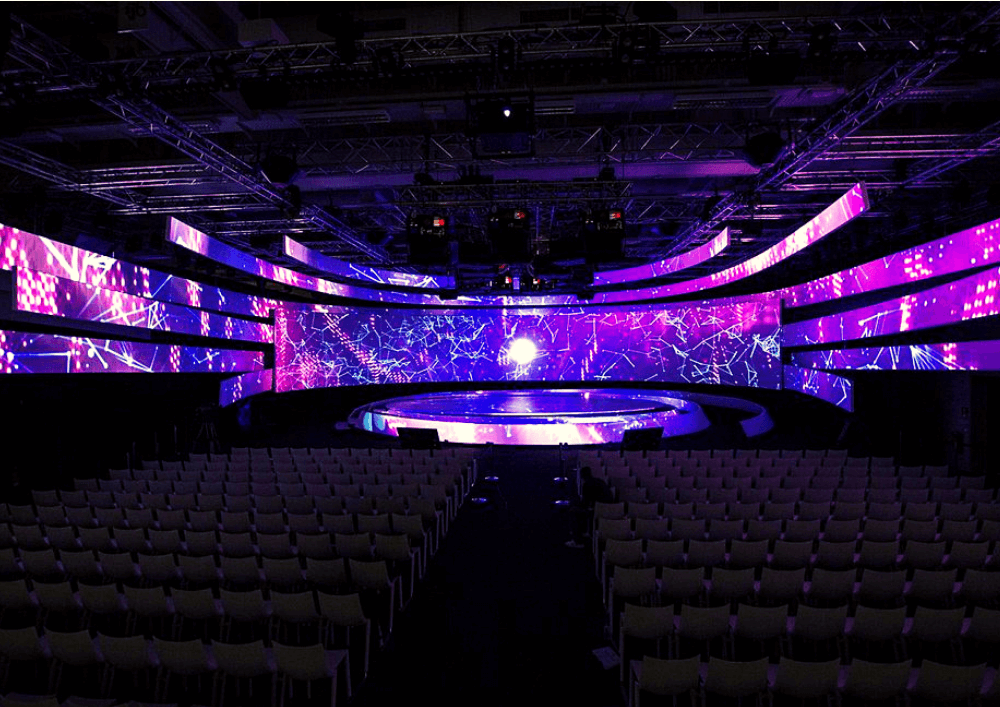Explaining Luminescent Wall Screen Illumination Metrics aiming at Optimal Visual Functionality
Explaining Luminescent Wall Screen Illumination Metrics aiming at Optimal Visual Functionality
Blog Article
Light Emitting Diode panel screens have become more and more favored in various settings, from homes to businesses and public spaces. These panels tend to be recognized due to the vivid as well as dynamic visuals, that render these suitable to communicating data, ads, as well as entertainment. However, understanding the brightness measurements for Light Emitting Diode panel screens remains crucial to ensuring ideal display performance. Illumination can be quantified using metrics known as nits, which indicate the amount of luminosity produced from the panel. The higher number of quantity in nits, the more luminous the visual will be. For, example, a panel boasting one thousand candelas stands considerably more vivid than one with five hundred candelas, rendering it more suitable for well-lit settings.
When selecting a Light Emitting Diode panel screen, it becomes crucial in take into account which setting where that it will be used. In brightly lit areas, such as shopping malls and open-air locations, higher increased luminosity rate becomes necessary to ensure visibility. Conversely, in darker environments, such as theaters or meeting spaces, lower lower illumination rate might suffice. This is because excessive brightness within an dim setting may lead in viewer discomfort for viewers, making it harder to concentrate with a screen. Thus, comprehending the specific requirements of the installation location can help in choosing the right illumination level to ensure ideal visual experience.
A further crucial element for consider the contrast differential proportion in an Light Emitting Diode panel screen. This ratio ratio measures the difference between the brightest light versus the darkest black shade which a panel can produce. A higher contrast proportion indicates the display can it is capable of show more detail and depth, thereby improves general visual clarity. For instance, a panel with an differential proportion at 10,000:1 will display images with more vivid hues as well as crisper features compared to one with a proportion at one thousand to one. Such is especially crucial when displaying images and motion graphics which require high clarity as well as detail, such as presentations and advertising material.
Moreover, the technology that drives Light Emitting Diode panel panels has go to website an essential part in their illumination as well as total performance. Different types in Light Emitting Diode methods, including OLED and Liquid Crystal Display, possess distinct characteristics that impact the way brightness is perceived. OLED screens often offer better differential as well as darker blacks, which may improve the visual experience in dim environments. On the other hand, standard Light Emitting Diode panels may prove to be better for bright environments because of the ability to generate greater levels in illumination. Understanding these tech-related variances can guide users in making knowledgeable decisions based on specific individual straight from the source needs.
Finally, consistent care and adjustment for LED wall screens can help preserve ideal brightness as well as efficacy over time. Dust and particles may build up on a screen, affecting its illumination and sharpness in the visual. Regular cleaning and expert calibration can guarantee that the screen operates at top best, providing consistent image clarity. Additionally, some sophisticated LED wall screens come built-in integrated features which allow users to modify brightness settings as well as color adjustments according to their wants. By taking such steps, operators can ensure the LED LED panel panels provide an optimal visual performance, no matter where environment where which they are used.